Horse Markings – Can you name them all?
We all love some bling on our horses, whether it be on their face or legs, but do you know all the types and their names? Test yourself in todays blog post, all about horse markings!
Types of Face Markings
Star– A star is a white marking, occurring in various shapes, that is positioned above the eyeline. They may not always be centered but will fall in this area of the forehead. Racehorse Lanken Rupee turned heads across the world with his “star” marking, shaped as a perfect love heart!

https://www.thoroughbrednews.com.au/News/Story/62070
Strip or Stripe- Occurs below the eyeline but does not extend past the top of the nostrils. They are a narrow marking, not extending wider than the nasal bones. A strip may commonly make up a combination marking with a Star or a Snip!

Snip- A snip is a white marking that occurs around the nostrils, without extending above muzzle area. A snip can be found on its own or connected to a strip.
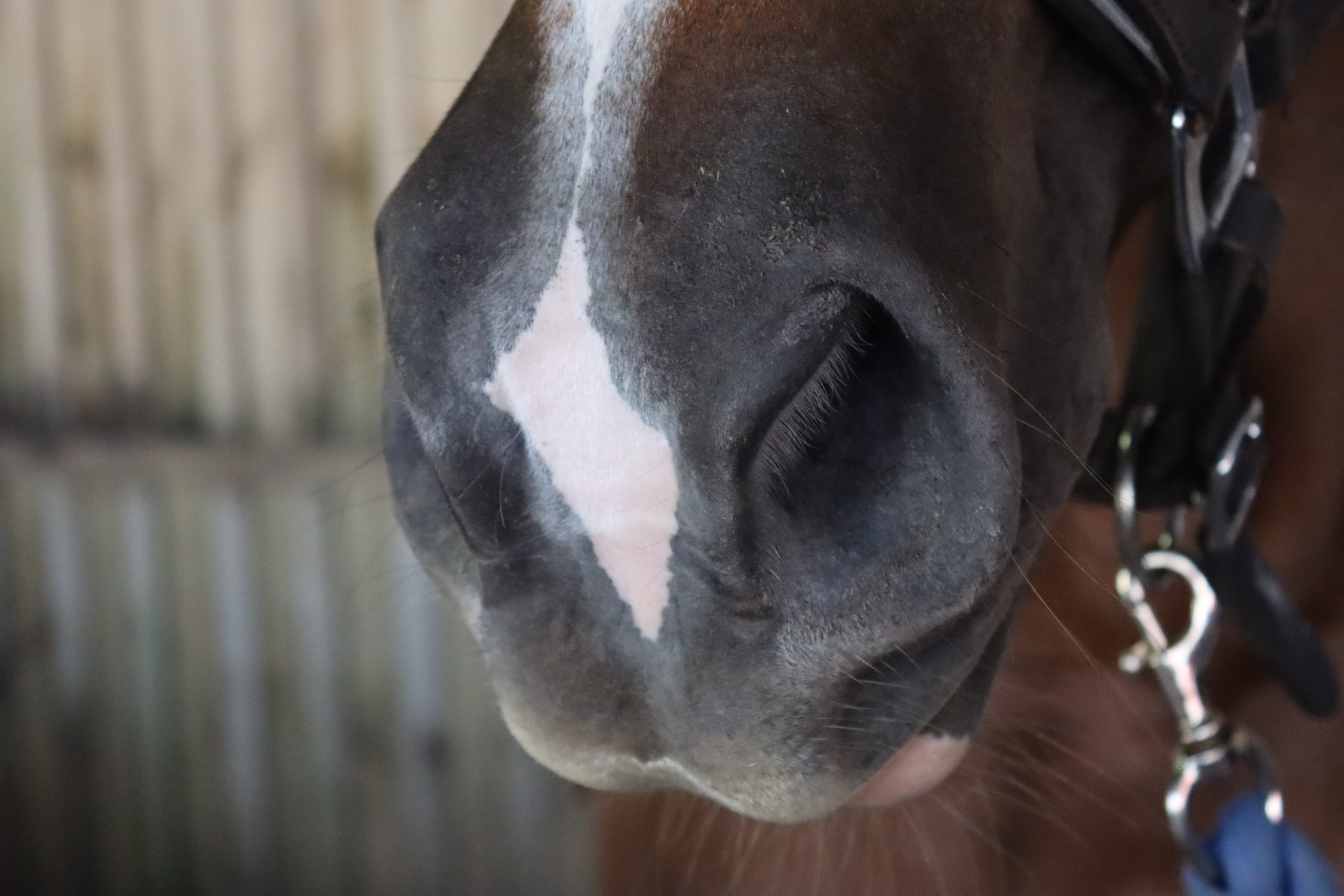
Blaze- A blaze is larger than a strip, both in width and length. However, it is not as long, or wide as a bald face marking. Unlike the strip, the blaze will extend outside of the nasal bones.

The Bald Face– a white marking that can cover most of the front of the head. It extends from under the forelock right down and around the nostrils, all connected. Racehorse Apache Cat was well adored, not only for his achievements, but his incredible bald face marking!
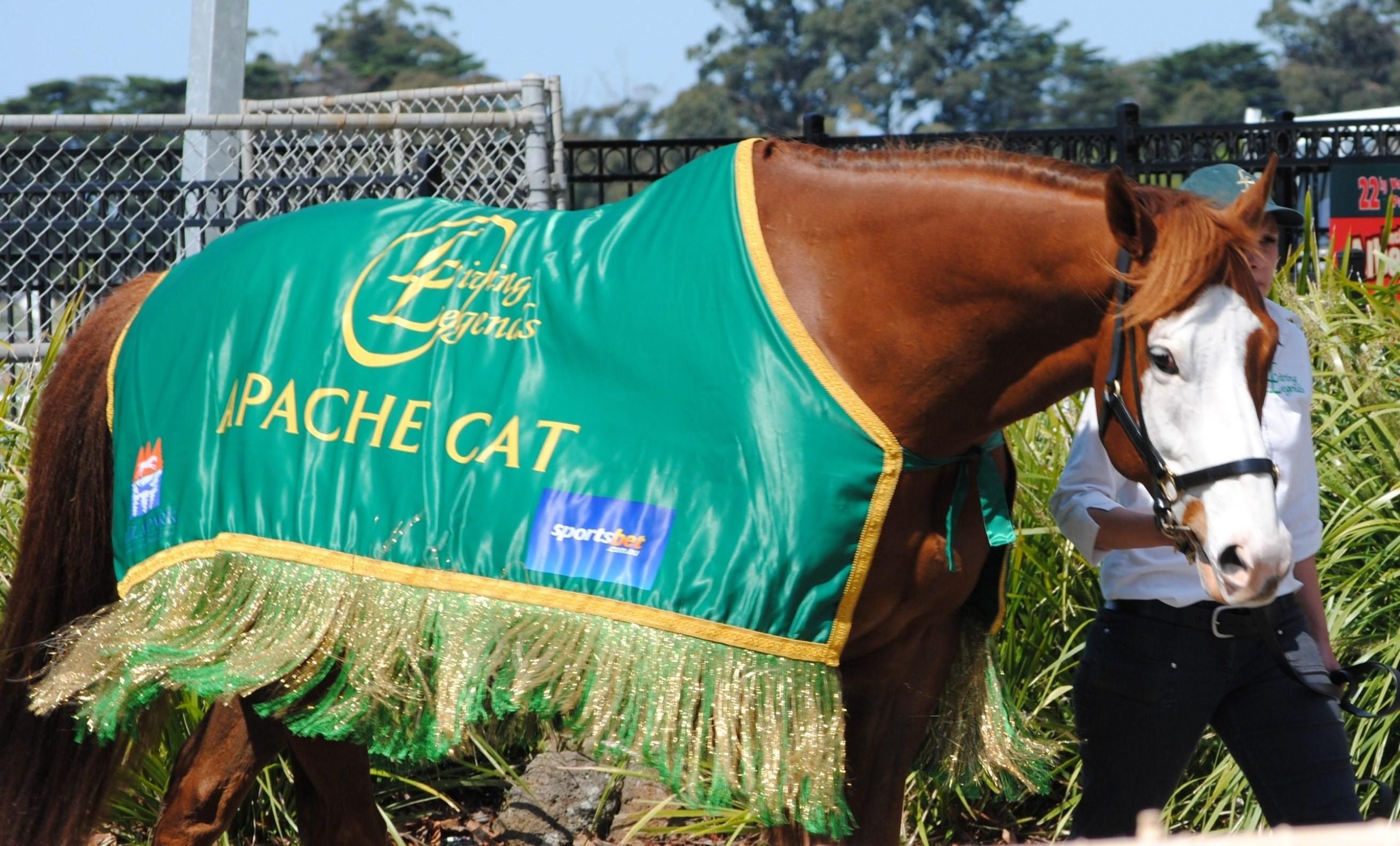
https://www.pinterest.de/pin/247557310741501673/
Types of Leg Markings

Heel- A white marking that may completely cover, or appear on the bulb of the heel. It may occur on one or both bulbs.
Coronet- As the name entails, this marking follows and makes contact with the coronet band. It doesn’t extend into the pastern, and may follow the entire, or part of, the perimeter of the coronet band
Half-Pastern – The next level up from the coronet, where the marking extends into the pastern. It does not however touch the fetlock.
The Pastern- This marking runs right up to the point of fetlock from the coronet band.
The Sock- A marking the extends from the coronet band to the tip of the fetlock joint. It may completely cover (as pictured) or partially cover the pastern and fetlock joints.
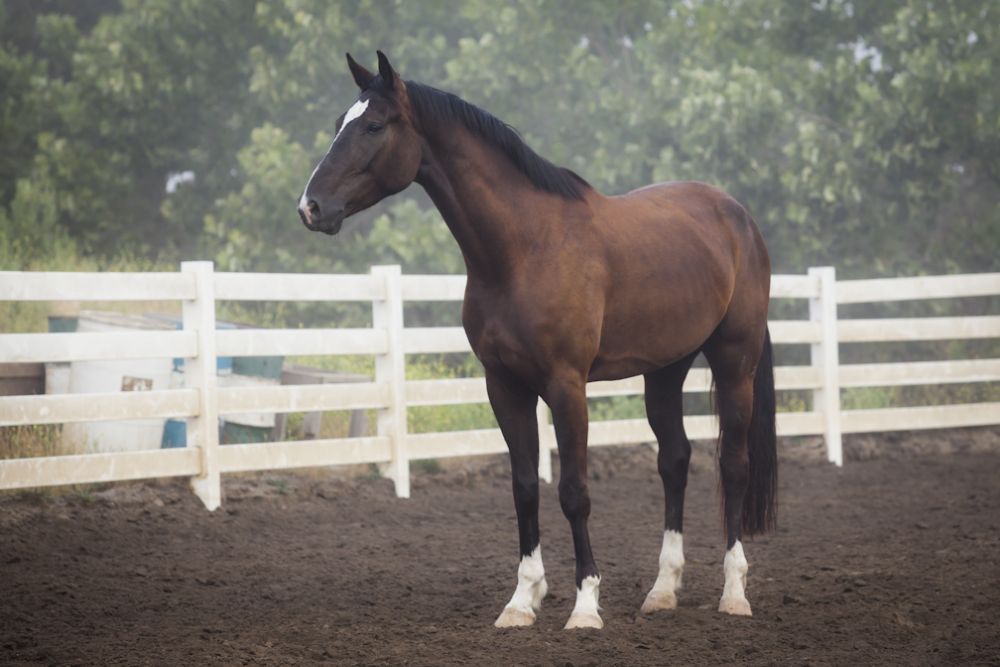
The Half-Cannon- As the name suggests, this marking starts at the coronet band and runs up to the halfway point of the cannon bone. It may fully cover (as pictured) or partially cover the areas of the pastern, fetlock and lower leg.
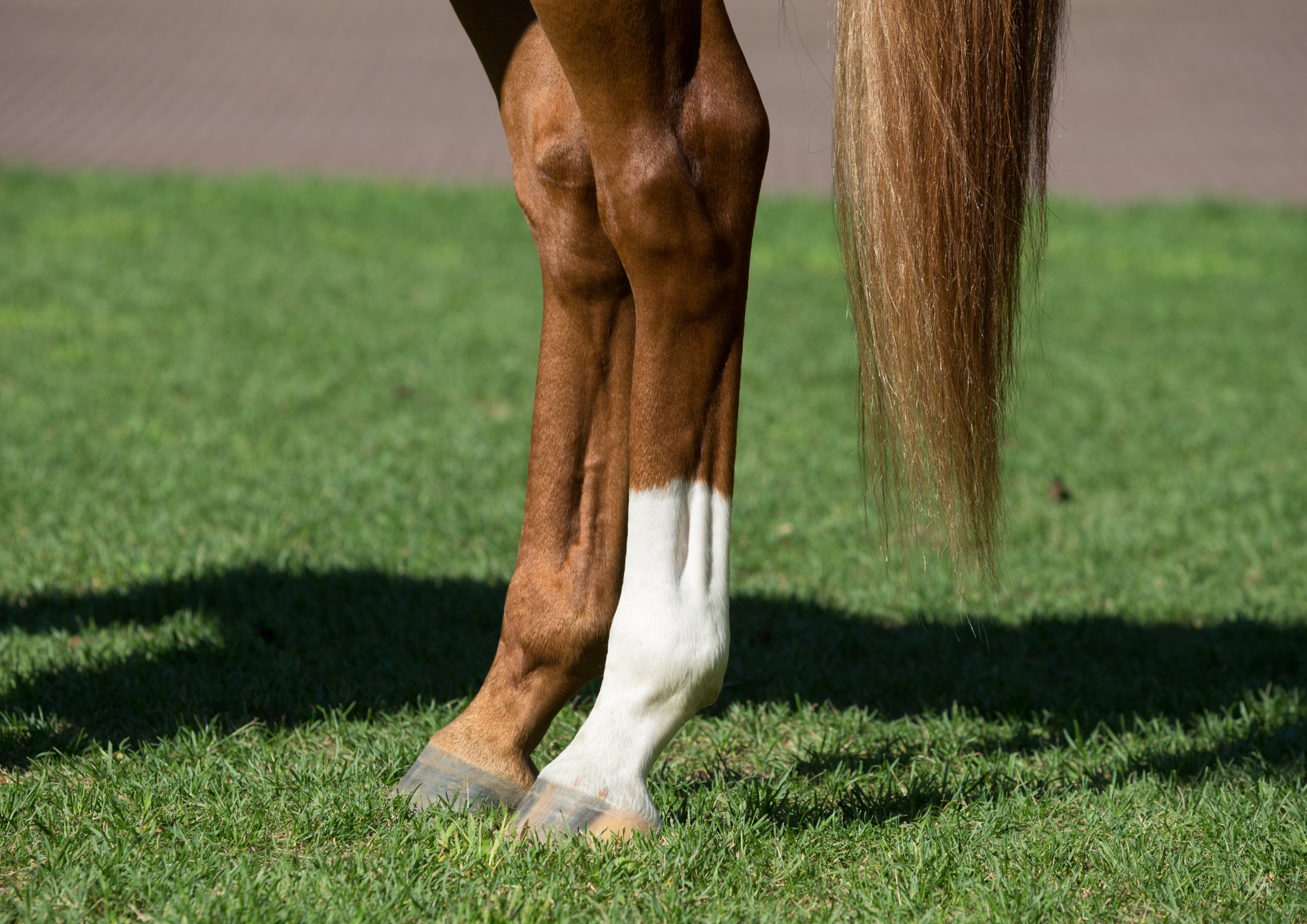
The Stocking- Quite like wearing one! A marking that touches or extends past the knee. May often be incomplete in areas but is very flashy and bright!
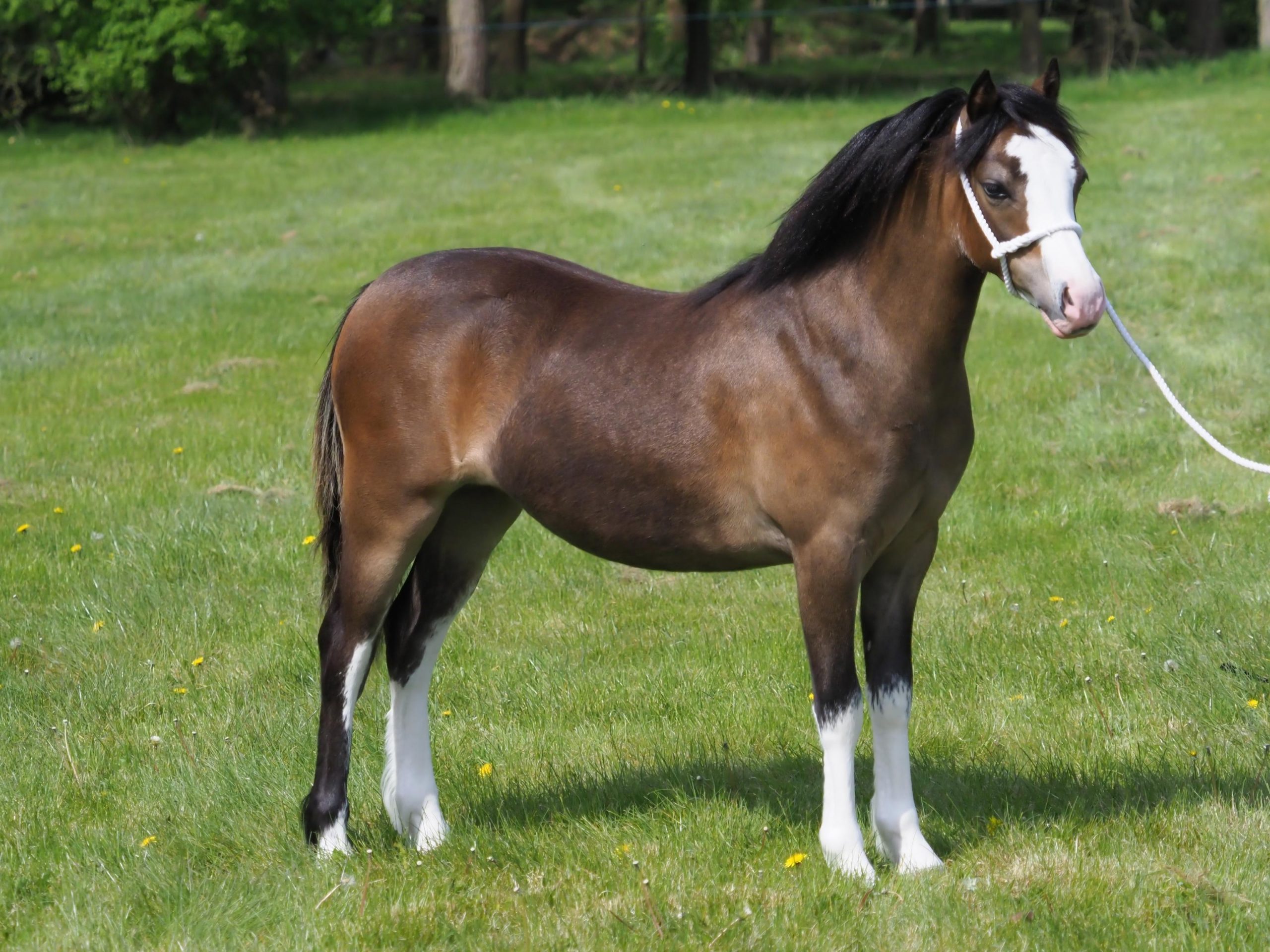
Ermines- Yes, those weird little dark circles that you try and paint over with white makeup, they have a name! Ermines can range in size, shape and numbers on each sock. They are often located close to, or touching the coronet band.
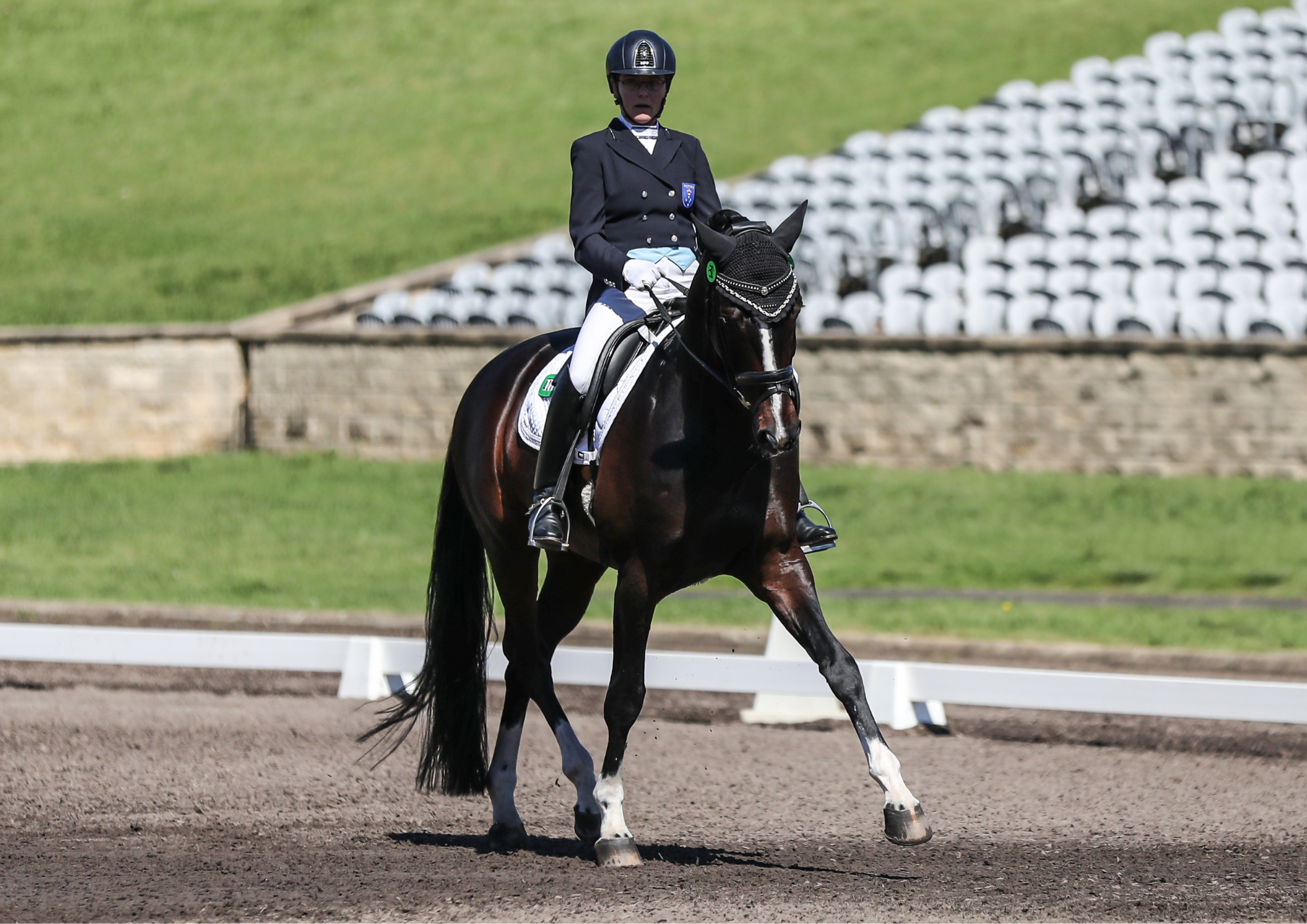
Well, there you have it! How many did you know? Let us know in the comments!
All images from https://www.allpony.com/learn/horse-pony-face-leg-markings/ unless stated otherwise.
Experts in Equine Nutrition
Every product in the Ranvet range has been developed to meet a horse’s most specific need at any given time, be it in a training environment or on a breeding farm. Having pioneered the formulation of specific medications and dietary supplements for horses, the company is now recognised as a leader in the areas of equine health and nutrition.
